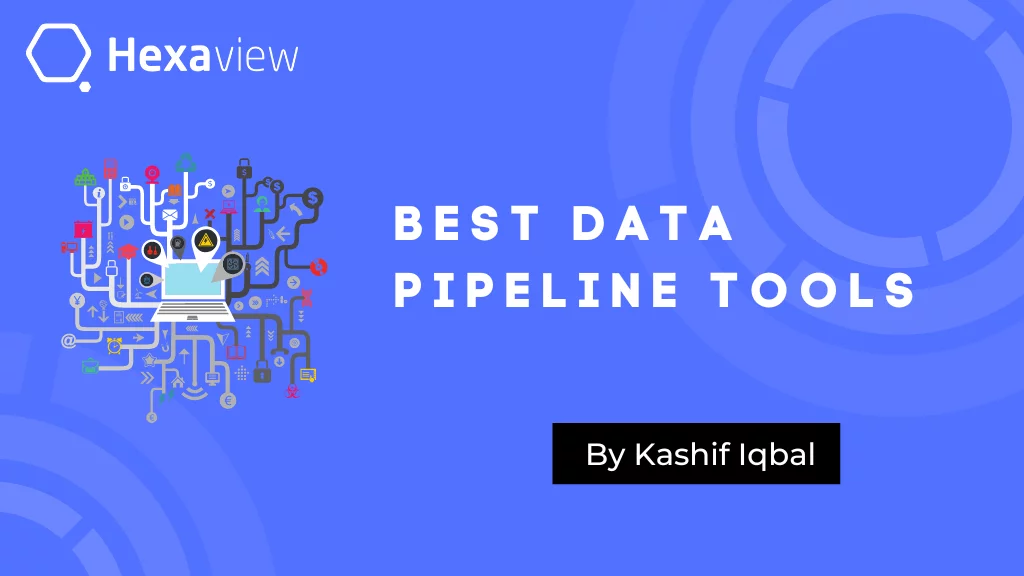Fintech
Binding seamless Technology with Finance



General Published on: Fri Feb 10 2023
In this era of globalization and modernization, Data is now considered the new fuel of every business, and hence it is essential to know how you will utilize the data you gather to enhance your company’s operations, decision-making, and income streams. This data is scattered across different systems used by the businesses: Database, Cloud Applications, etc. Deep Analysis is required to gain valuable insight from this data. Initially, companies would want to transfer this data to a single location for easy access and seamless analysis. Data Pipeline tools facilitate exactly this.
The Data pipeline is the process of moving data from a source to a destination, such as data warehouses or data lakes.
Data extraction, transformation, validation, and combination are all automated processes in data pipelines that load data for additional analysis and display. By removing errors and removing bottlenecks or latency, the complete pipeline ensures speed from one end to the other.
Introduction to Data Pipeline Tool
To be able to get real insights from data, Initially, you would need to perform the ETL process, i.e., Extract, Transform and Load.
ETL, which stands for extract, transform, and load, is a sort of data integration that describes the three phases that are used to combine data from various sources. It’s frequently used to construct data warehouses.
Types of Data Pipeline Tools:
Various kinds of data pipeline tools are available nowadays. The popular types are as follows:
Batch vs Real-time Data Pipeline Tools
Every run involves extracting all data from the data source, processing it, and publishing the results towards the data sink. Once all the data is processed, they are finished.
The following list includes some well-known Batch Data Pipeline tools:
Real-time ETL tools are designed to handle data in real-time. The processing of data from streaming sources, such as telemetry data from connected devices (like the Internet of Things) or financial markets, is ideal for these systems. Some of the famous real-time data pipeline tools are as follows:
2. Open-Source vs Proprietary Data Pipeline Tools
Open-Source data pipeline tools are available publicly and hence need customization for every use case. This type of Data Pipeline tool is free or charges a very affordable price. This also means that to grow and expand its capabilities as necessary, you would need the necessary knowledge.
Several popular Open-Source Data Pipeline tools include:
Tools designed specifically for a given business application are referred to as proprietary data pipeline tools. They require no customization or expertise for use and mostly have plug-and-play architecture.
The top proprietary data pipeline tools are listed below for your consideration:
3. On-premises vs. Cloud-native Data Pipeline Tools
When a business has its data stored on-premises. So, a Data Lake or Data Warehouse also had to be set up On-premises. These Data Pipeline tools offer good security as they are deployed on the customer’s local infrastructure. Some of the examples of platforms that support On-premises Data Pipelines are:
Cloud-native Data Pipeline tools allow the handling and transfer of Cloud-based data to Data Warehouses hosted in the cloud. In this, the Vendor hosted the data pipeline, allowing customers to save resources on infrastructure. Security is a top priority for cloud-based service providers as well. Few platforms that support Cloud Data Pipelines:
Factors that Drive Data Pipeline Tool Decision
Every data pipeline service has certain variations concerning how it works. As multiple DataPipeline tools are available in the market, there are a couple of factors one should consider
while selecting the best-suited one as per the need.
Here is a list of different Data Pipeline Tools and their key features:
Get 30 Mins Free
Personalized Consultancy